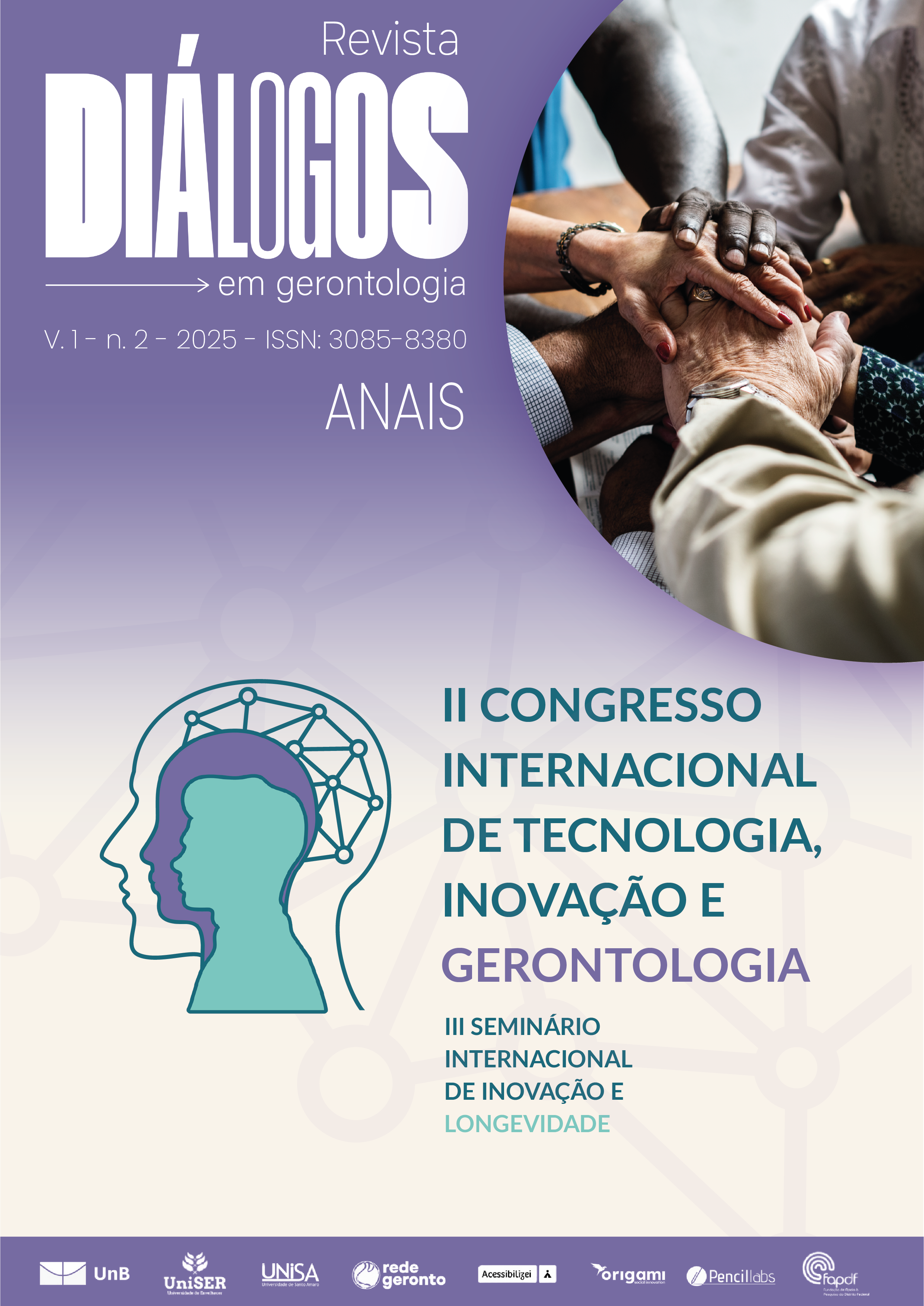3-D FEMUR PRINTING FOR TREATMENT OF FRACTURES IN ELDERLY PEOPLE: INNOVATION PROPOSAL FOR SURGICAL REPLACEMENT AND REHABILITATION
Resumen
Background: The evolution of printers since the 1980s culminated in the creation of 3-D printers in 1999. Initially used in the manufacturing process of small industrial objects, today they produce larger models and are widely used in higher education institutions and in healthcare engineering. Specifically, 3-D printing in healthcare engineering has significantly enabled the creation of body structures, such as blood vessels, prosthetics, and artificial organs. It stands out, for example, in surgery, orthopedics, and the production of customized organs using stem cells from people undergoing treatment. This phenomenon will, in the near future, enable the development of better and more efficient prostheses, which will further accelerate the regeneration of complex tissues and body structures. This new technique will be effectively useful for elderly individuals of various ages, diagnosed with osteoporosis, bone fracture, total hip replacement, or even malignant bone neoplasm, improving their recovery and enhancing their quality of life (QoL). Purpose: To evaluate the safety, efficacy, and cost-effectiveness of a 3D-printed femur prosthesis, offering greater precision and faster recovery for elderly patients who have suffered a fracture and require orthopedic surgery. Methods: Development of a three-dimensional prototype of a femur using an experimental, comparative, descriptive, and quantitative/qualitative approach. It includes "material selection," "scanning," "3D modeling using software," "printing on the GTMAX 3D Core H4"®, and "durability testing" according to standard "NBR 5.739/1994," using a "2T.QL-ELETRICA"® testing machine from AMC®. The authors declare no conflict of interest. Results: To capture the image and subsequently digitize the femoral bone structure, a Sense® 3D handheld scanner will be used. Its capabilities include dimensions of "17.8cm x 12.9cm x 3.3cm," a field of view of "horizontal: 45°, vertical: 54.7°, and diagonal: 69°," and an operating temperature of "10-40°." Regarding the Sense® 3-D brand manual scanner, its operating range is "Min 0.35m / Max 3m", its spatial x/y resolution @ 0.5m is "0.9mm", and its scanning volume is "Min: 0.2 x 0.2 x 0.2m / Min: 0.2 x 0.2 x 0.2m". Results: The part weighs "164" grams and was printed in two (02) parts, a larger one, with "89" grams and "21.5" cm long, and a smaller one, with "75" grams and "20.1" cm long. In the first test, the smaller part supported "1,490 kgf" for "8 minutes and 55 seconds", presenting only a small break in the base, with no additional deformations. In the second test, the larger part supported "1,500 kgf" for "7 minutes and 13 seconds" without suffering significant damage. Conclusion: The tests demonstrated the printed parts' ability to withstand extreme forces, demonstrating their quality and durability. Implications: The test specimens showed slight deformations. Further research is needed to expand the potential of this technique.
Descargas
Publicado
Número
Sección
Licencia
Derechos de autor 2025 Revista Diálogos em Gerontologia

Esta obra está bajo una licencia internacional Creative Commons Atribución-NoComercial 4.0.
A Revista oferece acesso livre e imediato ao seu conteúdo, em consonância com o princípio de que tornar o conhecimento científico amplamente disponível contribui para a democratização do saber. Os(as) autores(as), ao submeterem seus trabalhos, declaram-se detentores(as) dos direitos autorais e autorizam seu uso livre, desde que sem fins comerciais, com obrigatoriedade de atribuição de crédito apropriado à autoria original. Os conteúdos podem ser lidos, baixados, copiados, distribuídos e impressos, conforme os termos da licença Creative Commons Atribuição-NãoComercial 4.0 Internacional (CC BY-NC 4.0).





